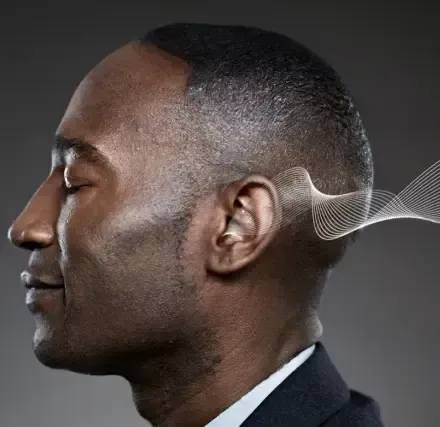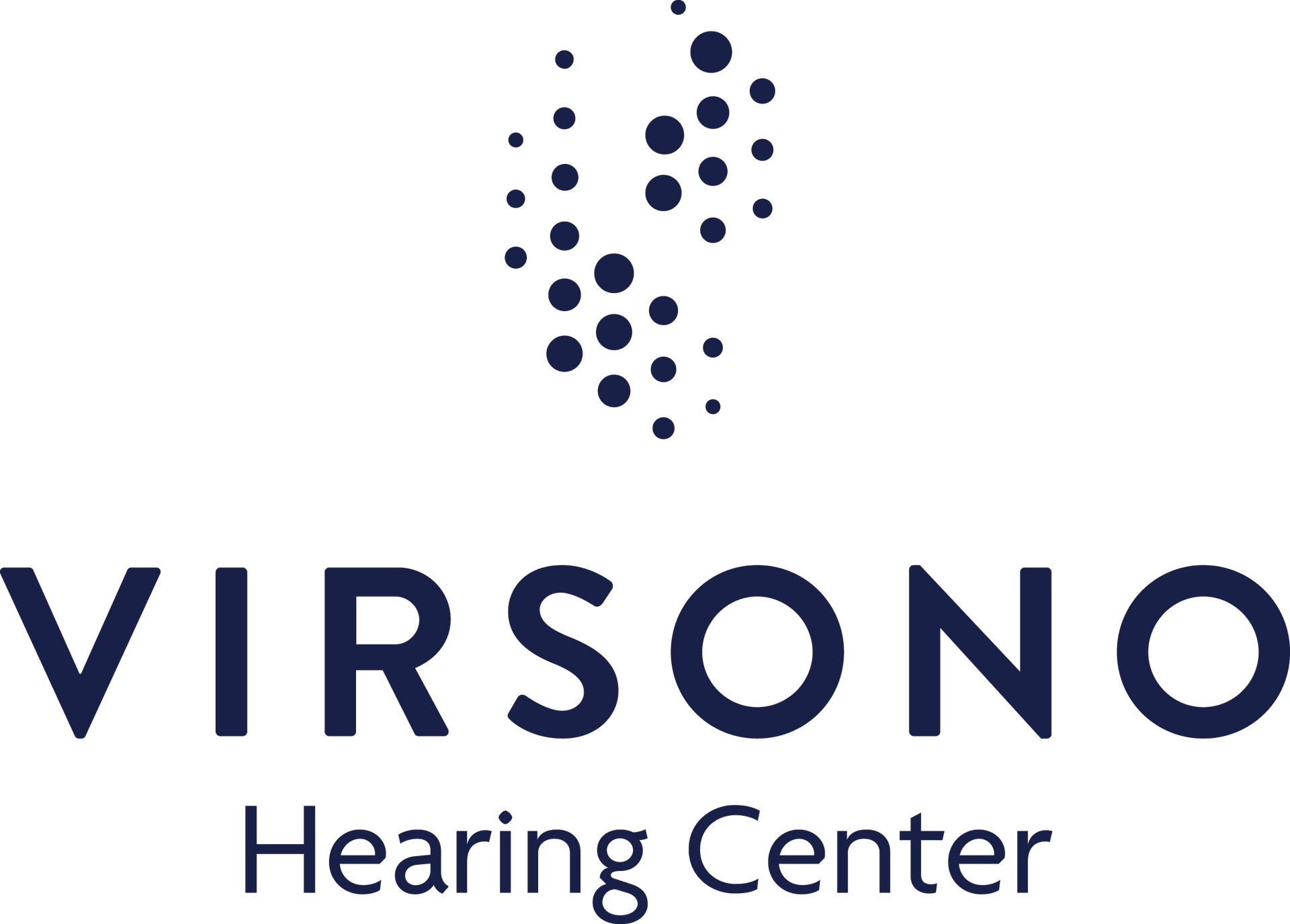Hearing Loss
An Overview and Guide to the Levels of Hearing Loss
Levels of Hearing Loss
Hearing loss is classified into various degrees based on its severity, including slight, mild, moderate, severe, and profound hearing loss.
Slight Hearing Loss
Slight hearing loss, also known as minimal hearing loss, is characterized by difficulty hearing very soft sounds. This degree of hearing loss typically affects individuals with a hearing threshold between 16 and 25 decibels (dB). Slight hearing loss may not have a significant impact on daily life, but individuals may find it challenging to hear faint or distant sounds.
Mild Hearing Loss
Mild hearing loss is characterized by difficulty hearing soft sounds or understanding speech in noisy environments. It typically affects individuals with a hearing threshold between 26 and 40 dB. People with mild hearing loss may struggle to hear sounds like whispers or distant conversations and may need to ask others to speak more clearly or loudly.
Moderate Hearing Loss
Individuals with moderate hearing loss have trouble understanding speech without amplification. This degree of hearing loss is associated with a hearing threshold between 41 and 70 dB. Moderate hearing loss can make it challenging for people to follow conversations, particularly in noisy environments, and may require the use of hearing aids or assistive listening devices to improve communication.
Severe Hearing Loss
Severe hearing loss occurs when individuals have significant difficulty understanding speech even with amplification. A hearing threshold between 71 and 90 dB is associated with severe hearing loss. People with this degree of hearing loss often rely on hearing aids with high levels of amplification, and they may benefit from lip-reading or other visual communication cues.
Profound Hearing Loss
Profound hearing loss is characterized by an inability to hear most sounds, even with amplification. Individuals with profound hearing loss have a hearing threshold of 91 dB or higher. They often rely on alternative forms of communication, such as sign language or tactile communication methods. Cochlear implants may be a suitable option for some individuals with profound hearing loss, as these devices can bypass damaged parts of the inner ear and directly stimulate the auditory nerve.
Symptoms and Impact on Communication
The symptoms of hearing loss can vary depending on the degree and type of impairment. Common symptoms include:
- Muffled speech or sounds
- Difficulty understanding words, especially in background noise or group conversations
- Frequently asking others to speak more slowly or loudly
- Turning up the volume on electronic devices
Hearing loss can significantly impact an individual’s communication, leading to social isolation, frustration, and even depression.
Types of Hearing Loss
There are three main types of hearing loss: conductive, sensorineural, and mixed hearing loss. Each type is characterized by different causes and mechanisms that result in the loss of hearing ability.
Conductive hearing loss
Conductive hearing loss occurs when there is a problem in the outer or middle ear that prevents sound from reaching the inner ear. Causes may include ear infections, earwax blockage, malformations of the ear structures, otosclerosis, or a perforated eardrum.
Sensorineural Hearing Loss
This type of hearing loss is caused by damage to the inner ear (cochlea) or the auditory nerve. Common causes include aging, noise-induced hearing loss, genetic factors, ototoxic medications, and illnesses or infections.
Mixed Hearing Loss
Mixed hearing loss is a combination of both conductive and sensorineural hearing loss, which means that there are issues in both the outer or middle ear and the inner ear or auditory nerve.
Diagnosis and Treatment Options
If you suspect you or a loved one is experiencing hearing loss, it’s essential to seek professional help from an audiologist or an ear, nose, and throat (ENT) specialist. A variety of tests can be used to diagnose hearing loss, including pure-tone audiometry, speech audiometry, tympanometry, and otoacoustic emissions testing.
Treatment options for hearing loss depend on the type and degree of the condition. They may include medications, surgery, or the use of hearing aids, cochlear implants, bone-anchored hearing systems, or assistive listening devices.
Hearing Aids for Hearing Loss
Hearing aids are small electronic devices designed to amplify sounds, making them easier to hear for individuals with mild to severe hearing loss. They consist of a microphone, an amplifier, a speaker, and a battery.
There are various types of hearing aids available, including behind-the-ear (BTE), in-the-ear (ITE), in-the-canal (ITC), and completely-in-the-canal (CIC) hearing aids. Modern hearing aids also come with a range of advanced features, such as digital signal processing, directional microphones, feedback suppression, telecoils, and Bluetooth connectivity.
Selecting the right hearing aid depends on several factors, including the type and degree of hearing loss, lifestyle, budget, and personal preferences. At Virsono Hearing Centers, we believe it is essential to work closely with an audiologist or hearing healthcare professional who can help determine the most suitable hearing aid for your needs.

Frequently Asked Questions



